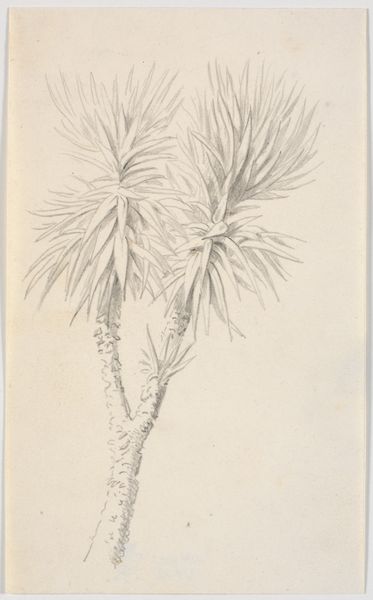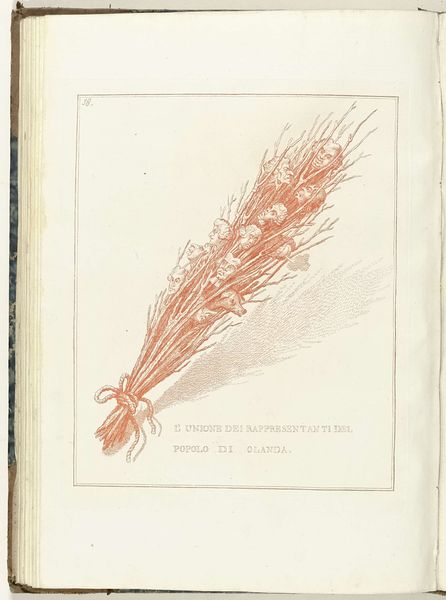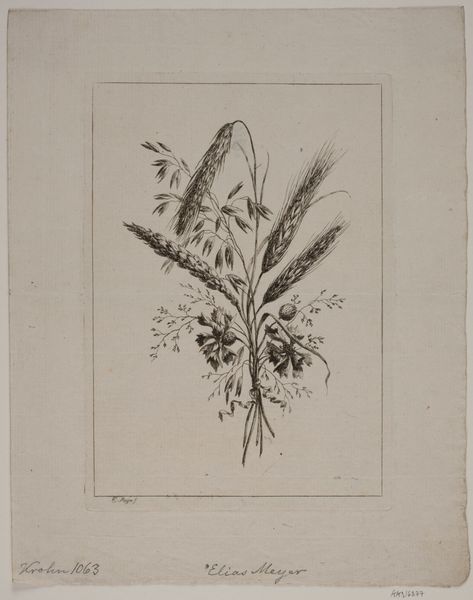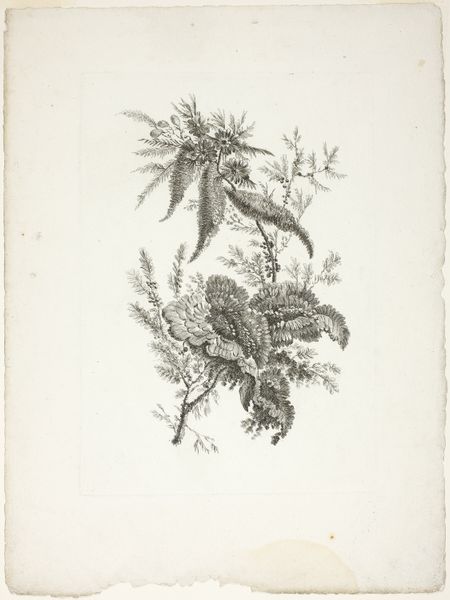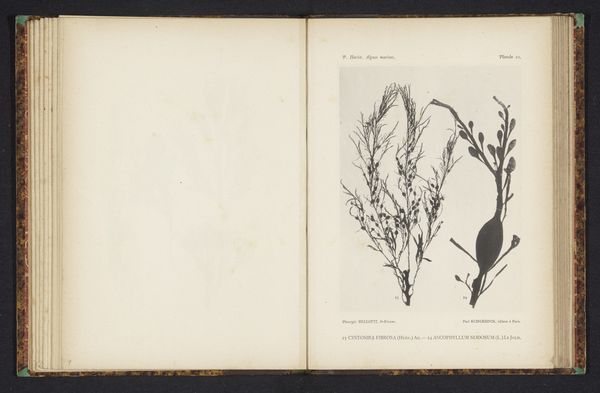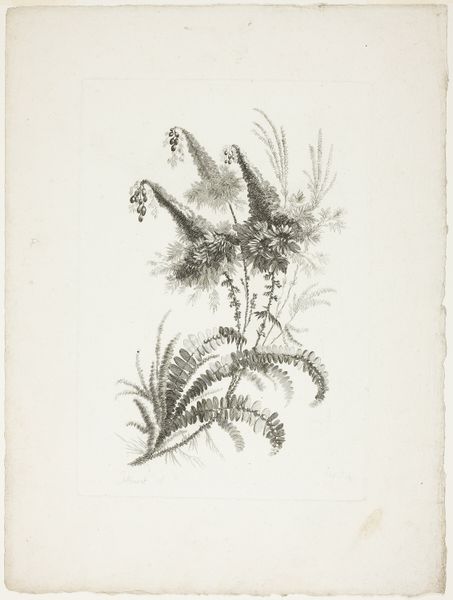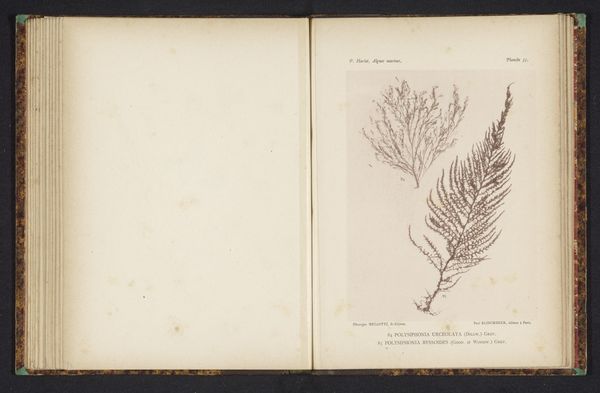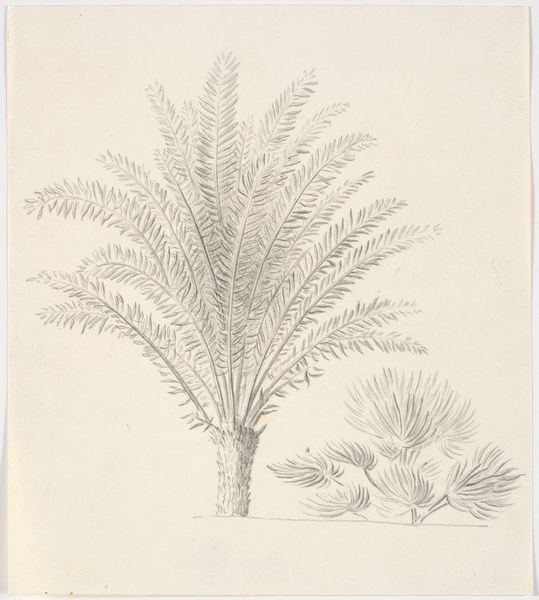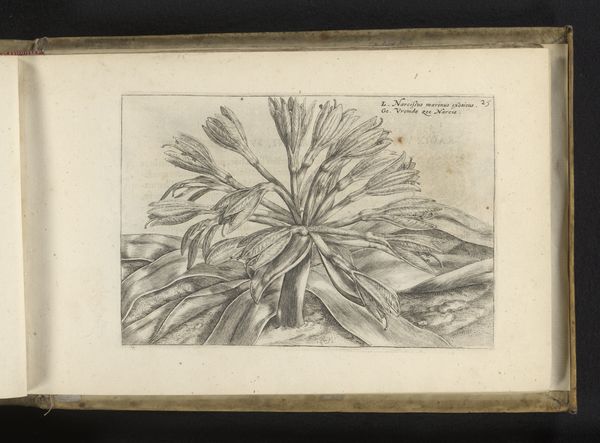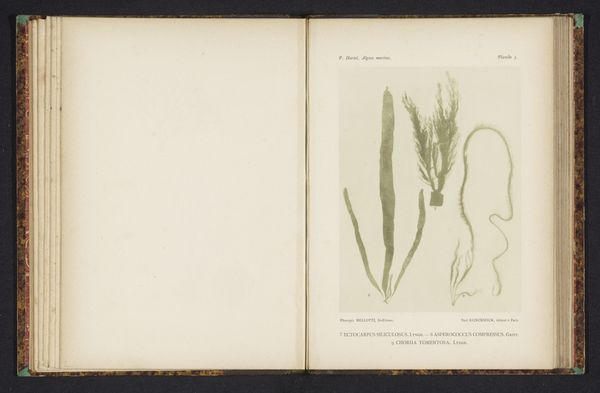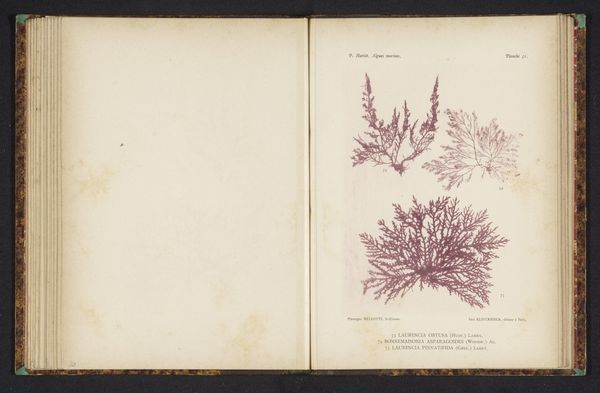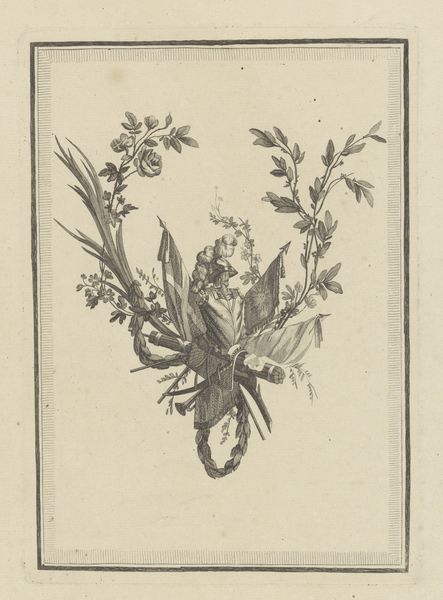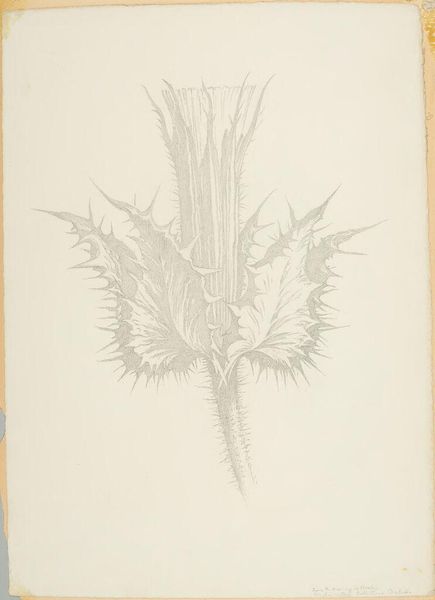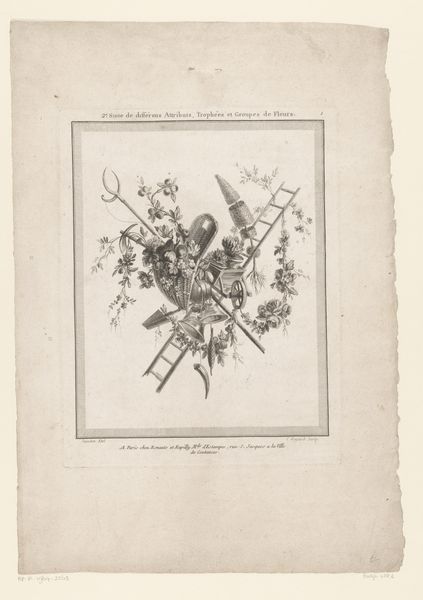
Gesel met hoofden van de leden van de Franse voorlopige regering, 1848 1848
0:00
0:00
drawing, lithograph, print, paper, ink
#
portrait
#
drawing
#
light pencil work
#
narrative-art
#
lithograph
# print
#
pen sketch
#
pencil sketch
#
figuration
#
paper
#
personal sketchbook
#
ink
#
ink drawing experimentation
#
romanticism
#
pen-ink sketch
#
thin linework
#
line
#
pen work
#
sketchbook drawing
#
history-painting
#
academic-art
#
sketchbook art
#
realism
Dimensions: height 285 mm, width 230 mm
Copyright: Rijks Museum: Open Domain
Editor: Here we have "Gesel met hoofden van de leden van de Franse voorlopige regering, 1848," a lithograph by Carel Christiaan Antony Last. It’s…certainly striking! A bundle of sticks, each topped with a human head. What an odd choice of imagery. What's your interpretation of this work? Curator: It is quite provocative, isn't it? The piece is deeply rooted in the political climate of 1848, a year of revolutions across Europe. Think about the “Gesel”—the scourge or whip—it represents punishment, retribution. These aren’t just any heads, but those of the French provisional government. What do you know about the context? Editor: I remember that the 1848 revolution in France established the Second Republic, so this lithograph criticizes those politicians? Curator: Precisely. This print embodies the deep disillusionment that followed the initial revolutionary fervor. Consider the social and institutional history here. Prints like this were widely circulated, functioning as powerful tools of political critique and satire. It portrays the leaders as deserving punishment. It also demonstrates an effort to diminish the status of political figures. How do you view its public role in this period? Editor: I suppose it's similar to political cartoons today—holding those in power accountable. But I’m surprised by the violence of the imagery. Curator: The visual language is indeed violent. However, such imagery reflects a broader cultural trend where the failures of revolutionary promises lead to the expression of frustration via brutal imagery. Editor: Seeing art within its historical context makes the narrative much clearer. I’d never have understood the symbolism otherwise. Curator: Indeed! By analyzing the socio-political context, we uncover layers of meaning within what might initially appear as just an odd or shocking image.
Comments
No comments
Be the first to comment and join the conversation on the ultimate creative platform.
